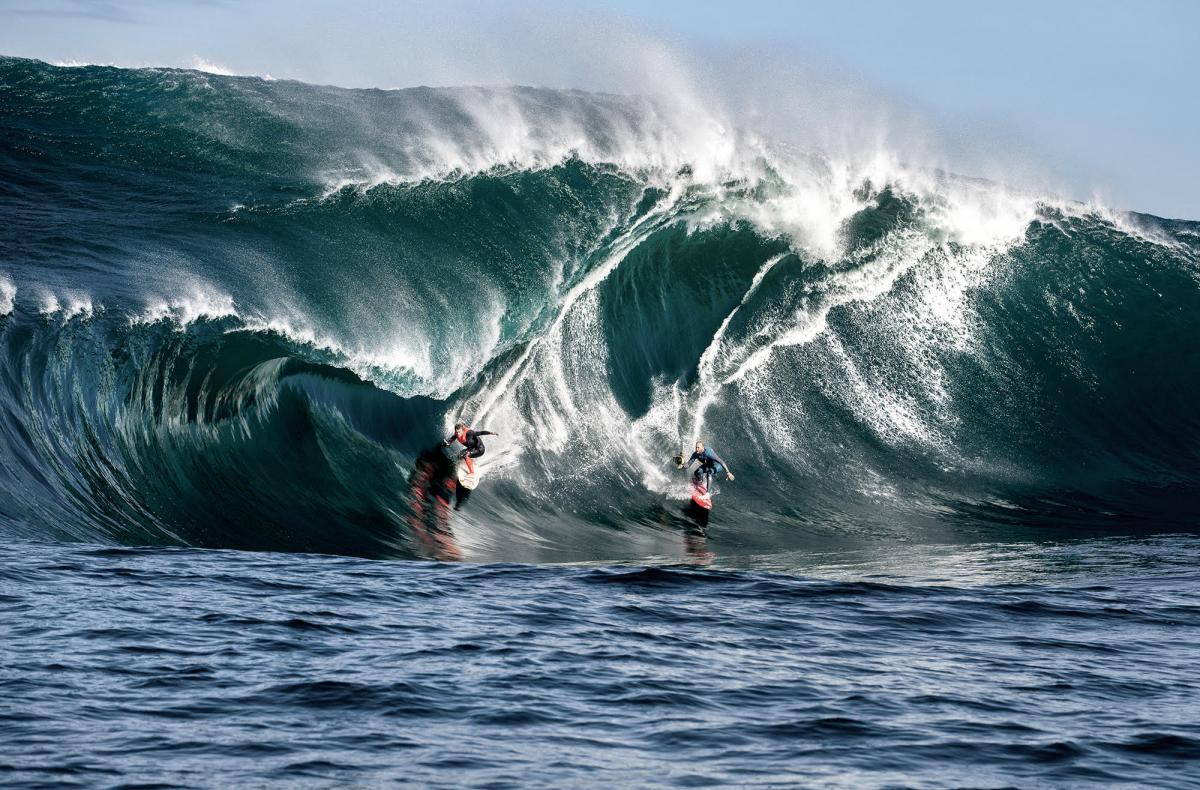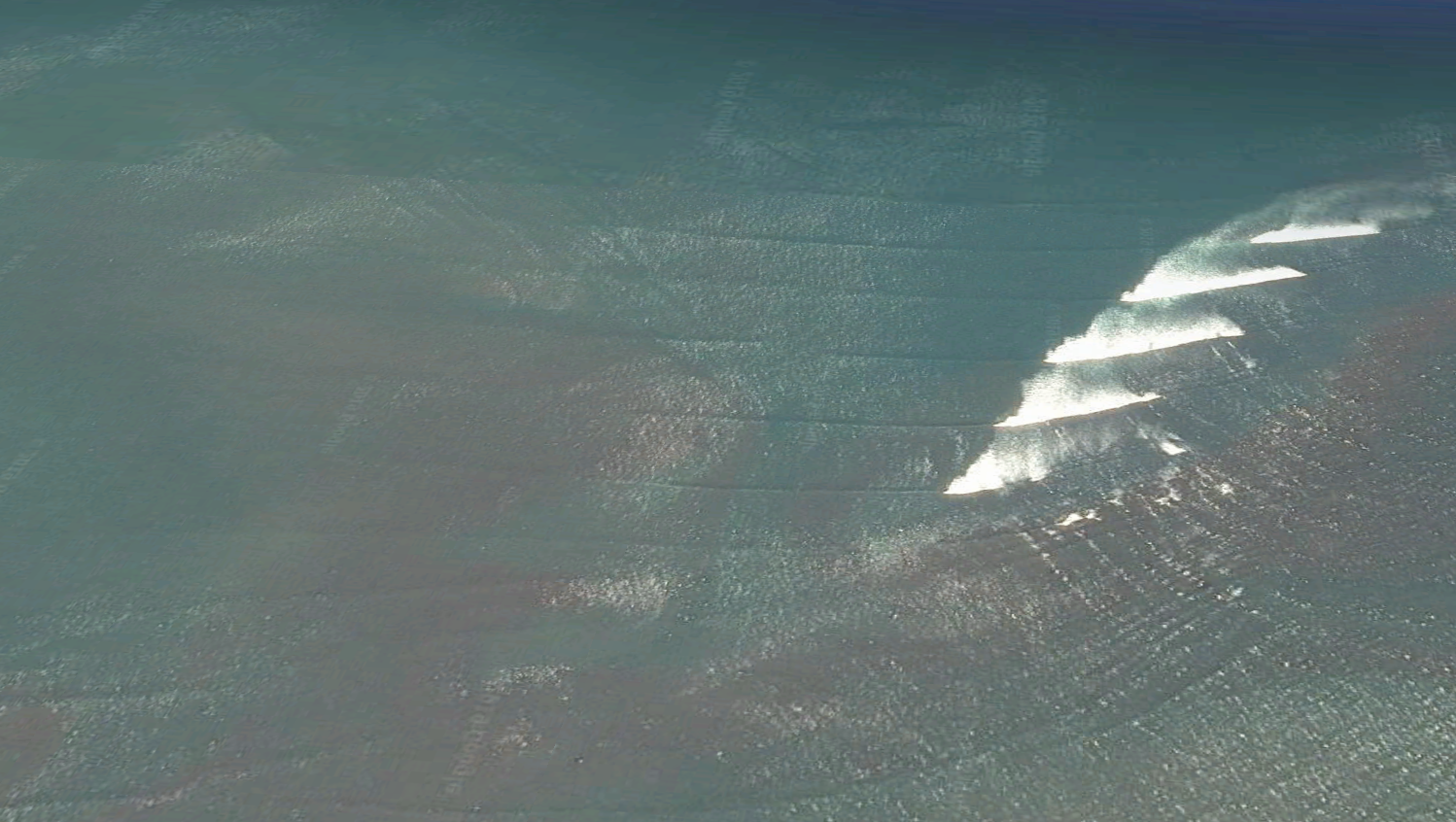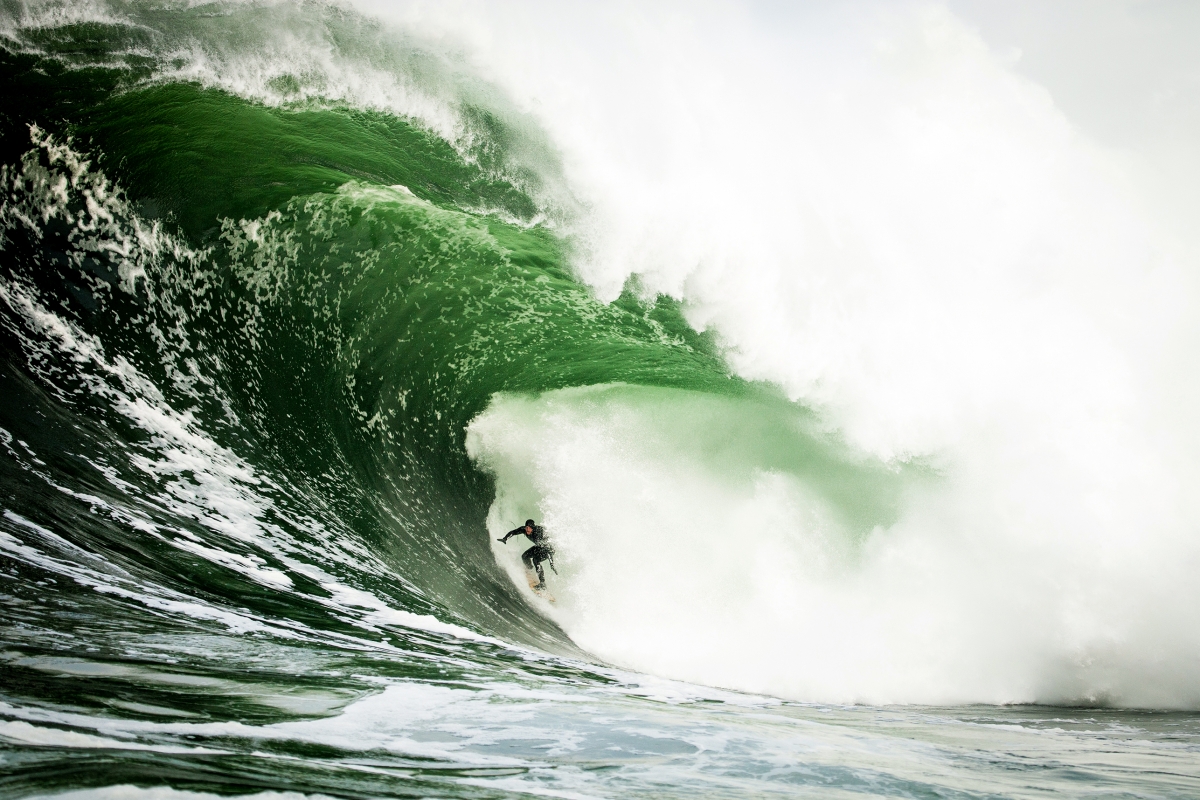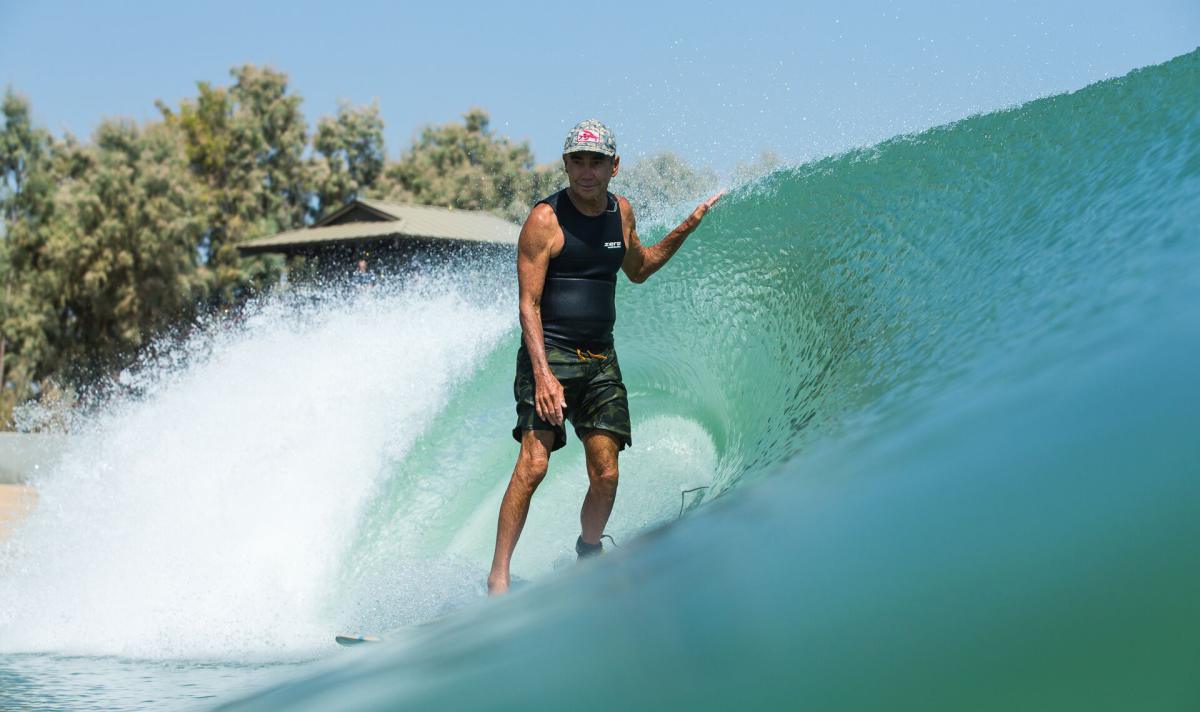Are We Living Through Surfing’s True Golden Era?
Our research says yes.
Don’t believe all those salty relics at the local surf bar.
Sure, the 1970s offered surfers an abundance of uncrowded waves; the 80s blew open design progression and opened new coastal frontiers; the 90s brought digital surf forecasts and chartered Indonesian boat trips’; the new Millennium introduced the world’s greatest wave, Skeleton Bay.
But none were surfing’s true Golden Era.
Sure, each of these decades had distinct advantages, but none embodied the sum of requisite parts to complete the ultimate surfing puzzle: How can we most enjoyably and efficiently score perfect surf 365 days a year?
By my calculations, there has never been, and will never be, a better time to be a surfer than right now.
If you were kind enough to gift me an off-decade window of 2015-2025 for this thought exercise, I believe I can convince you of the same. Here’s the case for why we’re currently living through surfing’s Golden Era:

Want to surf The Right? Just get some life insurance and watch the charts!
Surf Forecasts
Thanks to exponential growth in all technological fields, swell and wind predictions have never been better. After the birth of Surfline in the ‘80s—which consisted of a literal hotline one could call to hear about the daily conditions at a handful of waves—we can now see every single oceanic storm across the entire world in one monitor-sized map.
Hello, Stormsurf!
But forecasting is not only measured by the breadth of its scope. More important are the precise inches of swell, degrees of energy and wind, and the seconds between waves. By using a combination of sites like Stormsurf, Windy, Buoy Weather and beyond, even the curmudgeons among us can figure out, to a near-perfect degree, when the world’s best waves will ignite.
And if all else fails, you’ve got live Surfline cams to correct your course (or deliver FOMO right to your desk, while your ass rots away in an office chair).
While it’s true that surf forecasts will only continue to improve over time, we’ve reached a point where finding the right swell to score your unicorn setup — no matter where in the world it resides — is as simple as watching the maps and waiting for the time to strike.
Which leads to our next point.

Just one of 1,000 perfect, untouched waves this world has to offer – as seen from fucking space.
Photography
Google Earth!
Google Earth
Say what you will about the search engine giant, but Google has gone out of its way to send satellites careening through space, and cars covering all traversable paths, in order to capture hi-res imagery of our planet’s every square inch.
Then with that data, they developed a revolutionary software allowing users to scroll, zoom, rotate and scour our Earth in 360-degrees.
All of this for free.
Surely we needn’t explain the impact Google Earth has had on modern-day surf exploration since its 2011 inception, but let’s just say all those brutally perfect sand points from the last two decades weren’t discovered via map and compass. The world’s greatest wave, Skeleton Bay, included.
Using Google Earth, one simply has to locate a potentially epic setup, logically deduce which swell and wind angles would best suit it, then keep an eye on the maps. Once all the numbers align, you book your ticket and soar to a very likely score.
…Which is another practice that has been made remarkably efficient in this modern era.
The (Low) Cost and Convenience of Travel
In 2019, you can get almost anywhere on earth within 36 hours for less than $2,000.
Expansion of airports, competition between airlines, low oil prices—they’ve all conspired for this wonderful moment in history that will all but surely end in the next decade.
Why will it end? Because all this cool shit we’re doing is kinda killing the earth. Meaning if we want to ensure a habitable planet into the future, we’ll need to create laws within the next decade that inflate oil prices to ultimately deter its consumption.
So unless Elon creates solar-powered planes and starts selling them on the cheap, we’re pretty screwed in terms of future international travel. Those brave few surfers in Portland will be screwed regardless.
But for now we have incredibly cheap flights, oftentimes complimentary board fees (hello, Alaska and United!), and efficient platforms for booking last-minute strikes.
Kayak and Expedia are just a few of many search engines that allow you to identify all available flight options and book a seat within an hour of boarding. Also available on these sites are car rentals and hotel options, which if purchased in advance can make your strike even more thrifty and efficient.
And thanks to this point and the next, you should be striking early and often.

Somebody turn down the volume!
Waves Are Bigger Than Ever
According to a study out of UC Santa Cruz, swells are actually getting bigger across the globe, thanks in large part to Earth’s warming climate.
“For the first time, we have identified a global signal of the effect of global warming in wave climate. In fact, wave power has increased globally by 0.4 percent per year since 1948, and this increase is correlated with the increasing sea-surface temperatures, both globally and by ocean regions,” said Borja G. Reguero, a researcher at the University of California, Santa Cruz and co-author of a new report published today in Nature Communications, in her interview with Forbes.
So environmentalists, knock it off, would ya? (Joking, kind of.) While your efforts are noble in theory, they’re only going to hinder the production of culture-destroying storms that send entertaining bands of liquid energy to faraway hooks and crannies.
While we all suffer the devastating effects of a world left untended, is it so wrong to enjoy one of the few benefits that a dying planet provides, being a slight increase in swell activity?
I say no.
But for those left unconvinced, I’ll expose one final reason that we’re currently residing in surfing’s Golden Era.

Man-made perfection at the touch of the button. And soon there will be hundreds, thousands across the globe!
Wavepools
They existed prior to 2015, of course – Japan, Florida, UAE, etc. – but it wasn’t until the day after Adriano de Souza’s first (and only) World Title that we came to embrace the true potential of wavepools.
Since the unveiling of Slater’s divine tube, there has been a global outbreak of high-quality wavepools, including an improved Wavegarden model in Europe (and soon to be Australia!), a near-miss in Yeppoon, and that ramp we’ve all come to know and love, deep in the heart of Texas.
These pools are only going to expand and improve in the next six years. Australia should have (at least) two up and running by the end of 2019. Florida’s got another Slater pool coming soon. China, Japan, and South Korea are all throwing their yen at the new liquid currency. We are in the midst of the wavepool renaissance, and this, my friends, is the real reason why we’re in surfing’s Golden Era.
No more month-long flat spells, no more travel-less depression! Simply pick your tech of choice, put your card in the machine and enjoy x-amount of custom-fitted waves at the touch of a button, regardless of real-world swell, wind, tide, or even daylight.
Best of all, the current wavepool arms race means cheap admission for customers, of whom they want many.
And we get it, wavepools will never replace the organic surfing experience. But they sure do fill the gaps nicely – and isn’t life, like surfing, all about filling the gaps?
Welcome to the Golden Age. Don’t take it for granted.













Comments
Comments are a Stab Premium feature. Gotta join to talk shop.
Already a member? Sign In
Want to join? Sign Up